The Science of Human Cognitive Styles in Spatial Navigation
Introduction
Human cognitive styles in spatial navigation refer to the various ways in which individuals perceive, process, and utilize spatial information. This field of study combines elements from cognitive science, psychology, neuroscience, and geography to understand how humans navigate their environment.
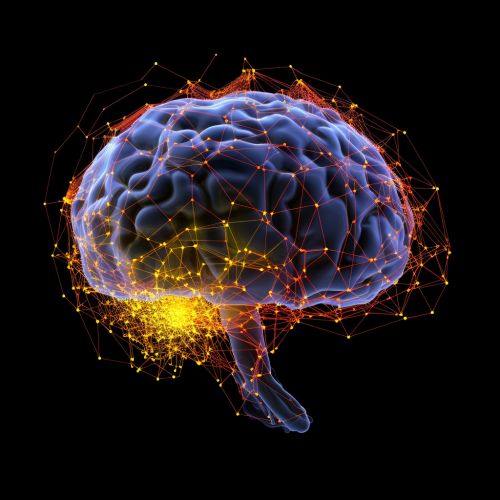
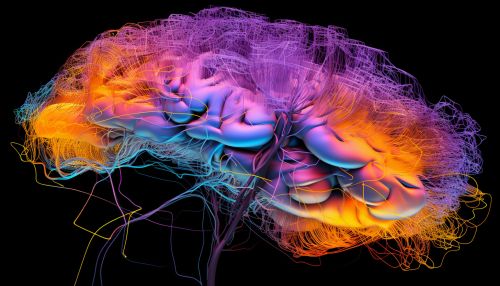
Cognitive Styles
Cognitive styles are the preferred ways in which individuals process information. They are often seen as a continuum, with individuals falling somewhere along the spectrum between two extremes. In the context of spatial navigation, two primary cognitive styles have been identified: landmark-oriented and survey-oriented.
Landmark-Oriented Style
Individuals with a landmark-oriented style rely heavily on specific features in the environment to navigate. These features, or landmarks, serve as reference points and are often visually distinctive or personally meaningful.


Survey-Oriented Style
In contrast, individuals with a survey-oriented style use an understanding of the overall layout or map of the environment. This style is often associated with a more analytical approach to navigation, involving the mental manipulation of spatial information.


The neuroscience of spatial navigation involves studying the brain structures and neural processes that support navigation. Key areas include the hippocampus, entorhinal cortex, and parietal lobe.
Hippocampus
The hippocampus plays a crucial role in spatial navigation, particularly in the formation and retrieval of spatial memories. It is involved in both landmark and survey-based navigation, although the latter relies more heavily on this structure.
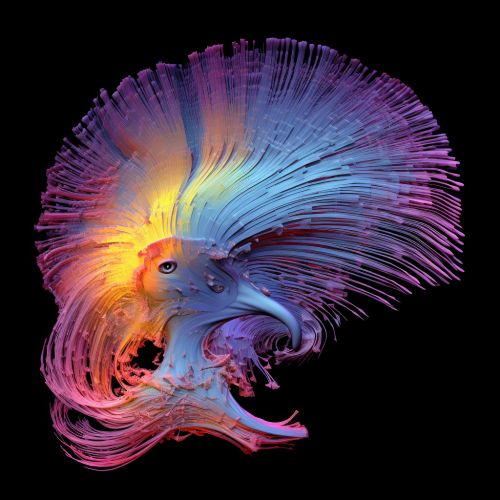
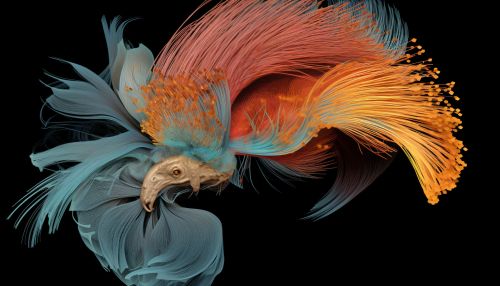
Entorhinal Cortex
The entorhinal cortex is involved in the processing of spatial and contextual information. It is particularly important for path integration, a process by which individuals keep track of their position in space by integrating information about direction and distance traveled.

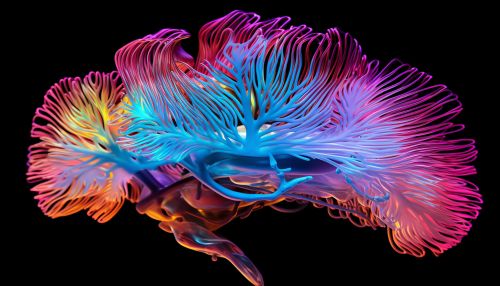
Parietal Lobe
The parietal lobe is involved in the processing of spatial information and the planning of movements. It is particularly important for the transformation of spatial information into action, a process crucial for navigation.
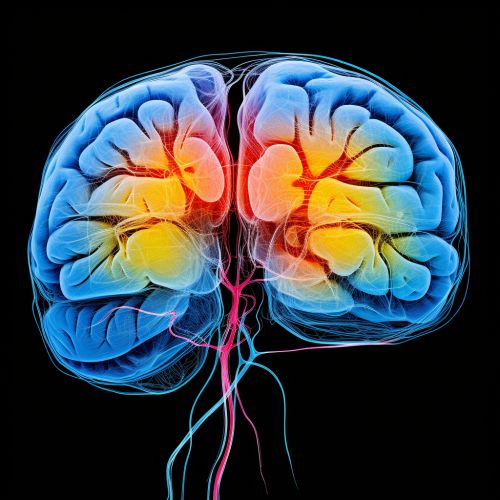
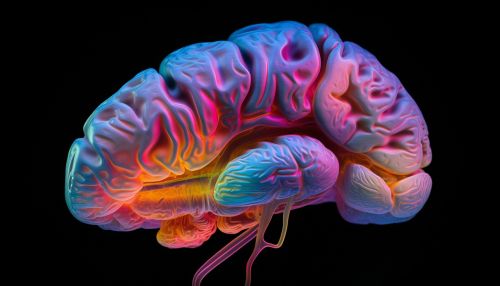
Several factors can influence an individual's preferred cognitive style in spatial navigation. These include gender, age, cultural background, and experience.
Gender
Research has suggested that men are more likely to use a survey-oriented style, while women are more likely to use a landmark-oriented style. However, these differences are not absolute and there is considerable variation within each gender.


Age
Age can also influence cognitive styles in spatial navigation. Older adults may rely more on landmarks due to changes in cognitive abilities associated with aging.


Cultural Background
Cultural background can influence the way individuals perceive and use space, potentially influencing their cognitive style in spatial navigation.


Experience
Experience with a particular environment can also influence cognitive styles in spatial navigation. Familiarity with an environment can lead to a shift from a landmark-oriented to a survey-oriented style.


